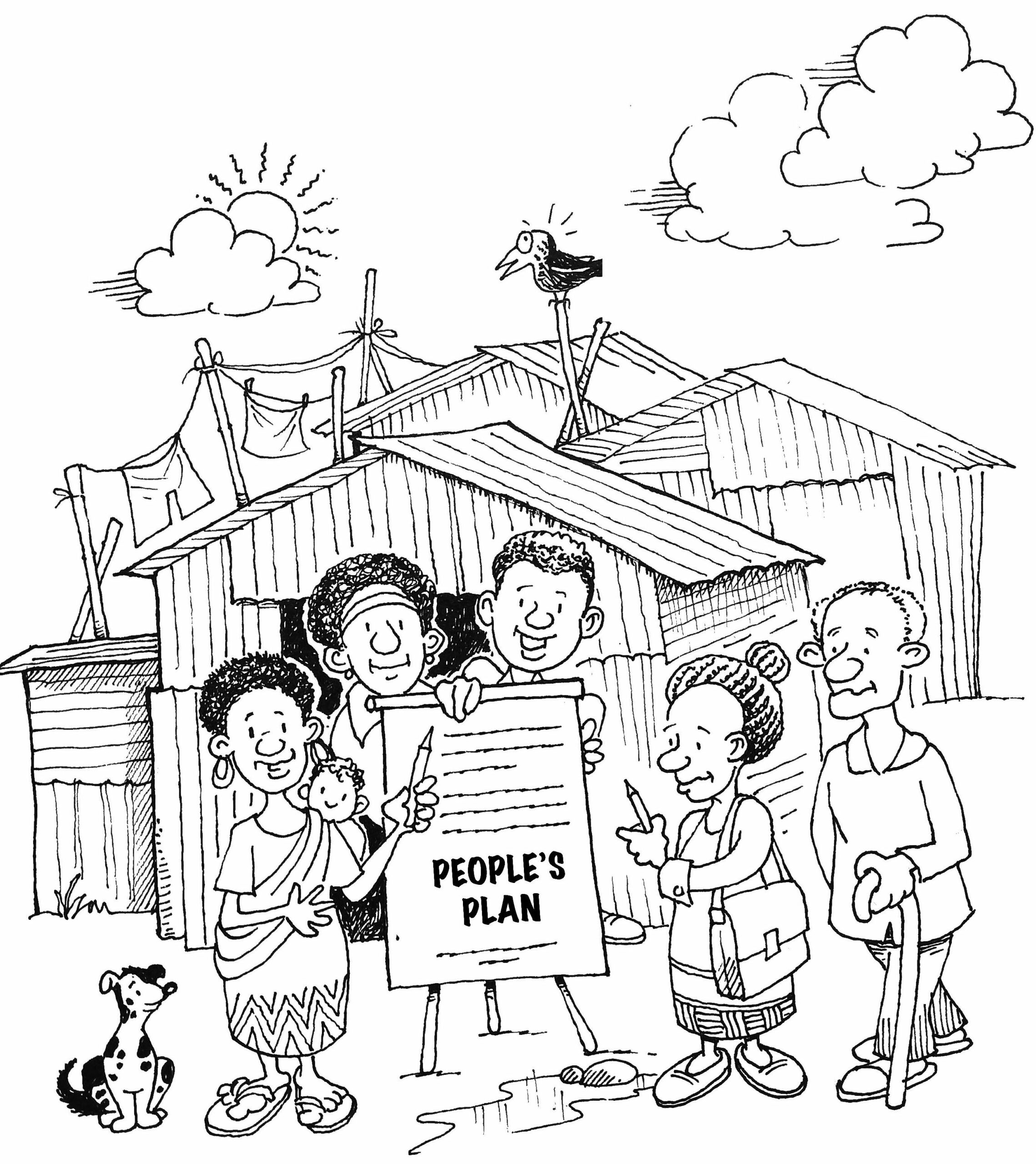LLA: A Keeper – Unlocking Locally Led Adaptation to Strengthen Climate Resilience
GCA’s Global Lead on Locally Led Adaptation Anju Sharma explores the global community’s slow journey towards recognizing the power – and common sense – of local leadership and agency in addressing local challenges.
A
dvocates of subsidiarity appear to have a penchant for three-letter acronyms.
The Rapid Rural Appraisals (RRAs) of the 1970s were designed to collect information from rural people in developing countries about their local environments and living conditions, to inform development investments. They were found to be too extractive, relegating local people to simply being providers of information. So, they gave way to Participatory Rural Appraisals (PRAs) in the 1980s.
PRAs were designed to actually listen to rural people and allow them space to voice their concerns and interests. Facilitators found that rural people had considerable capacities for analyzing their problems, potentials, and solutions. In fact, there was a lot that facilitators could learn by listening to them. In the 1990s, therefore, PRAs gave way to Participatory Learning and Action (PLA), with more interactive formats that allowed for mutual learning. PLAs then gave way to Participatory and Integrated Development (PID) – demand-driven processes that also focused on integration, the new mantra of the noughties.
Other sundry three-letter acronyms to signal community engagement in practice developed in parallel: Joint-forest management (JFM), for instance, and community-based action (CBA), which then evolved into community-driven development (CDD). Again, these reflected the slow, incremental realization that poor people are capable of identifying their own problems and designing appropriate solutions.
Viewed from the top, this multi-decadal alphabet soup suggests snail-paced learning by international and national (benef)actors, of the capacities and abilities of local communities. Viewed from the bottom, it perhaps reflects a protracted reluctance to hand over the reins to people to manage their own destinies. Either way, what these participatory processes mostly generated – and still do – are checklists that sanction action in the name of the people, without really devolving agency – or indeed, in many cases, opinion. Local actors have moved slowly from being beneficiaries, to contributors, to – at best – partners. Not quite drivers.
For those paying close attention (and it is admittedly easy to be right in retrospect), a better path has been clear from the beginning. From the Chipko movement in India and the Green Belt Movement in Kenya in the 1970s, and the rural regeneration of the west Indian village of Ralegan Siddhi. From the microfinance revolution in Bangladesh in the 1980s, to the global movement of the urban poor that gave birth to Slum Dwellers International in the 1990s. These are inspiring stories of success that have withstood the test of time. There are many others like them.
What was their magic?
In two words: local leadership. Or, in a three-letter acronym: locally led action (LLA).

These movements were locally born and locally led. They addressed locally prioritized needs, un-skewed by the priorities of external finance. The leaders that gave birth to them – or that they gave birth to – were familiar with the politique locale. How to outmanoeuvre intransigent bureaucrats. Take advantage of windows of opportunity. Forge political alliances. They also had what it takes to run the full marathon. Social networks. Knowledge of institutional relationships. Tacit rules of political engagement. Long-term presence – so necessary to take advantage of sporadic opportunities, and for sustained long-term success. Legitimacy to be critical of national policies when necessary, and to demand change from national governments.
This is not a magic that can be bottled in a checklist, for release in similar circumstances.
But it can be engendered. And once it is identified or born, nurtured.
Effectively combining the power and agency of local communities with the financial, scientific, and technical resources of national and international communities. This is the magic we need to race against the climate adaptation clock.
This is the task that the Global Hub on Locally Led Adaptation of the Global Center on Adaptation (GCA) has set itself. To identify and engender path-defining, inspiring, locally led change that makes the most vulnerable more resilient to climate change. And to match it up with national and global financial, scientific, and technical resources, to reach full potential and scale, and to be sustainable in the long term.
As solutions brokers, we aim to pair local ideas, plans, and innovations with big investments, and to jointly plot a course towards systemic change for Locally Led Adaptation. The best result for us, together with enhanced resilience of the most vulnerable, will be empowered individuals and institutions that can sustain local climate resilience in the long term.
Join our journey. Share local ideas, plans, and innovations that you think promote genuine local leadership, and can inspire other local leaders, or are ready to achieve scale. Or, get in touch if you are convinced that your adaptation investments will be better spent if they are better targeted to local needs.
Let’s work together to make the acronym of this decade a keeper.